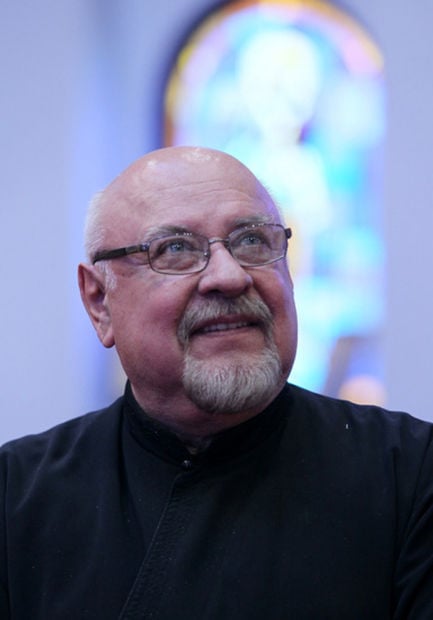

They’re kicking doors open but also making sure that everyone has an opportunity to walk through them. They’re driven to succeed, but they also invite others to share in their success.
ICONOGRAPHER NOW HOW TO
Icons today know how to lead but also make space for others to do the same. That’s why people like the ones below, who’ve embraced who they are and are eager to push the world forward, are so important. And then a pandemic, climate collapse, movements for social justice, TikTok, vibes… You remember your early 20s well because they were captured (and filtered) on Instagram. When you were in your mid teens, Facebook, YouTube, Twitter, and a financial crisis were upending the world. You’re old enough to have witnessed 9/11 (and probably even watched it on TV), but you were not old enough to have been able to fully process it. If you’re 30 today, then you were born in the early ’90s, when the internet was nascent. It’s a demographic of people whose lives have been shaped by some very particular forces. This cover portfolio explores what it means to be an icon in the making. Icons are supposed to be the embodiment of ideas, aspirations, and values. Icons are supposed to stand for something. It’s one of those words that’s tossed around so regularly that it’s almost lost its meaning-which is the opposite of what an icon is supposed to be.

color photographs taken in a morgue in New York City.The term icon is by now beyond iconic. The "Andres Serrano photo exhibition-what a beauty!. In fact, Louise keeps a "catalogue of spiders, a catalogue of mothers." Copying out descriptions of spiders from an encyclopedia becomes "a kind of ritual," a little like tending "mother's grave." Louise takes in many influences, from Balzac to Charcot to Christian iconography to fellow artists.
She explores all manner of human figures and body parts she creates spiders, whom she associates with Mother. She creates a wooden family with "the fragile feet of the uprooted," like herself. In Now, Now, Louison, Louise describes the artifacts she brings to New York that become material for her art - old family photos, 78s of Tino Rossi and Jean Sablon, Father's pebble collection, dresses Mother made, account books, dish cloths, lace camisoles, half-empty perfume bottles, scraps of tapestries devoured by moths. Louise switched her studies to art, and made a permanent move to New York in 1938. That loss, and the discomfort and misery Louise experienced around her father, informed everything after. Mother died while Louise was at the Sorbonne. He had an affair with the family "maid" and made no effort to hide the fact. Her beloved mother encouraged her to study math at the Sorbonne. Louise Bourgeois was born in 1911 in Paris and grew up primarily in Choisy-Le-Roi, outside Paris, where her parents had a tapestry restoration business. Elegantly translated by Cole Swensen, Now, Now, Louison portrays a woman whose mind never rests, whose capacious memory serves as a bottomless source of artistic inspiration. Frémon - lawyer, writer and gallery owner - inhabits artist Louise Bourgeois as if she herself were writing this novel-cum-memoir. Now, Now, Louison is Jean Frémon's freewheeling effort to do so. How?Ĭan a writer put visual art on the page? Or render a visual artist's creative impulses into words? Your purchase helps support NPR programming. Close overlay Buy Featured Book Title Now, Now, Louison Author Jean Frémon and Cole Swensen


 0 kommentar(er)
0 kommentar(er)
